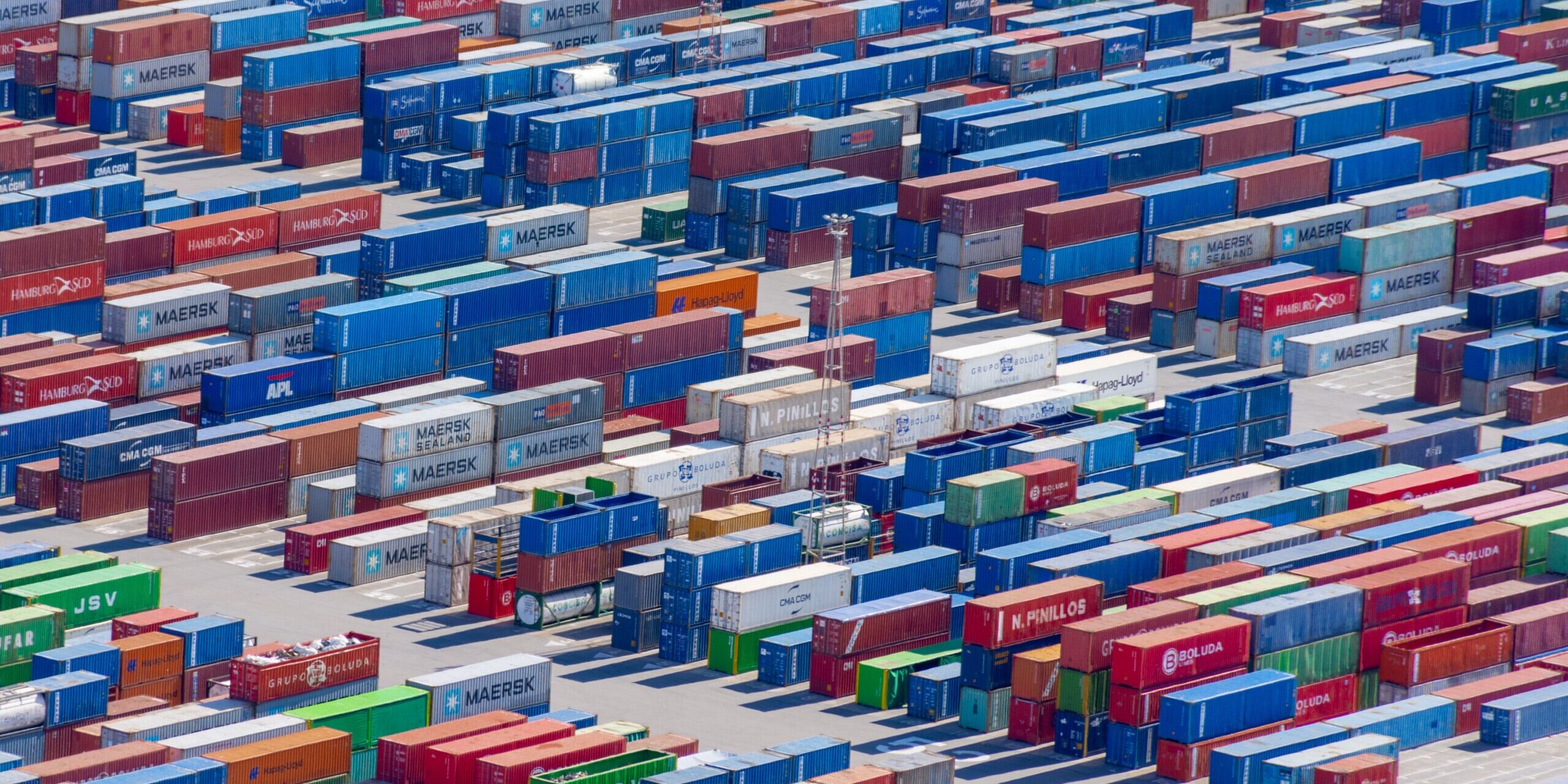In a groundbreaking shift, the European intermodal rail freight market is witnessing a significant transformation, spearheaded by the emergence of global logistics conglomerates. This evolution, detailed in a comprehensive study by SCI Verkehr, is redefining the sector’s traditional dynamics.
Historically, the European rail freight industry was characterized by the dominance of state-owned entities and a focus on national and regional market shares. Today, however, the narrative is changing. As the study emphasizes, the control of ports and hinterland terminals is now central to this transformation, signaling a departure from past norms. This shift underscores the need for policymakers to broaden their perspective, considering the organization and control of global transport chains.
The ‘Big Four’ global service providers – MSC, Maersk, CMA CGM, and Cosco – are at the forefront of this change. Their increasing influence is reshaping global transport chains, exemplified by significant investments and acquisitions. For instance, MSC’s recent investments in Hamburger Hafen und Logistik AG and its railway subsidiary Metrans, along with its expansion through Portuguese freight operator Medway and acquisitions in West Africa, highlight this trend.
The study identifies investment as a critical factor in this transition, emphasizing the necessity to enhance infrastructure capacity and modernize outdated rolling stock fleets. Amidst regulatory efforts to address low growth rates and competitive imbalances, these developments offer substantial opportunities for major players.
With significant purchasing power, these global giants are strategically acquiring partnerships, shares, and entire enterprises along the supply chain. Their expanding influence allows them to independently determine volumes, routes, and transport mode combinations in Europe, beyond the reach of suppliers and competitors.
SCI Verkehr warns that all stakeholders must keenly observe these developments in the European intermodal market. The growing dominance of these major players is poised to redefine the competitive framework of the railway and logistics sector. Their uninhibited influence over supply and transport chains enables them to pursue strategic goals independently of political regulation.
This shift indicates a departure from traditional policy goals like climate action, mobility, and connectivity for peripheral regions. Instead, the focus is now on controlling European import and export flows, which ensures profitability for each player involved.
In summary, the European rail freight market is undergoing a significant transformation. The rise of global logistics groups is not only changing the face of intermodal transportation but also challenging the existing regulatory and competitive landscapes. This new era demands a fresh understanding and approach from policymakers, industry stakeholders, and observers alike.







